To provide the best experiences, we use technologies like cookies to store and/or access device information. Consenting to these technologies will allow us to process data such as browsing behaviour or unique IDs on this site. Not consenting or withdrawing consent, may adversely affect certain features and functions.
The technical storage or access is strictly necessary for the legitimate purpose of enabling the use of a specific service explicitly requested by the subscriber or user, or for the sole purpose of carrying out the transmission of a communication over an electronic communications network.
The technical storage or access is necessary for the legitimate purpose of storing preferences that are not requested by the subscriber or user.
The technical storage or access that is used exclusively for statistical purposes.
The technical storage or access that is used exclusively for anonymous statistical purposes. Without a subpoena, voluntary compliance on the part of your Internet Service Provider, or additional records from a third party, information stored or retrieved for this purpose alone cannot usually be used to identify you.
The technical storage or access is required to create user profiles to send advertising, or to track the user on a website or across several websites for similar marketing purposes.





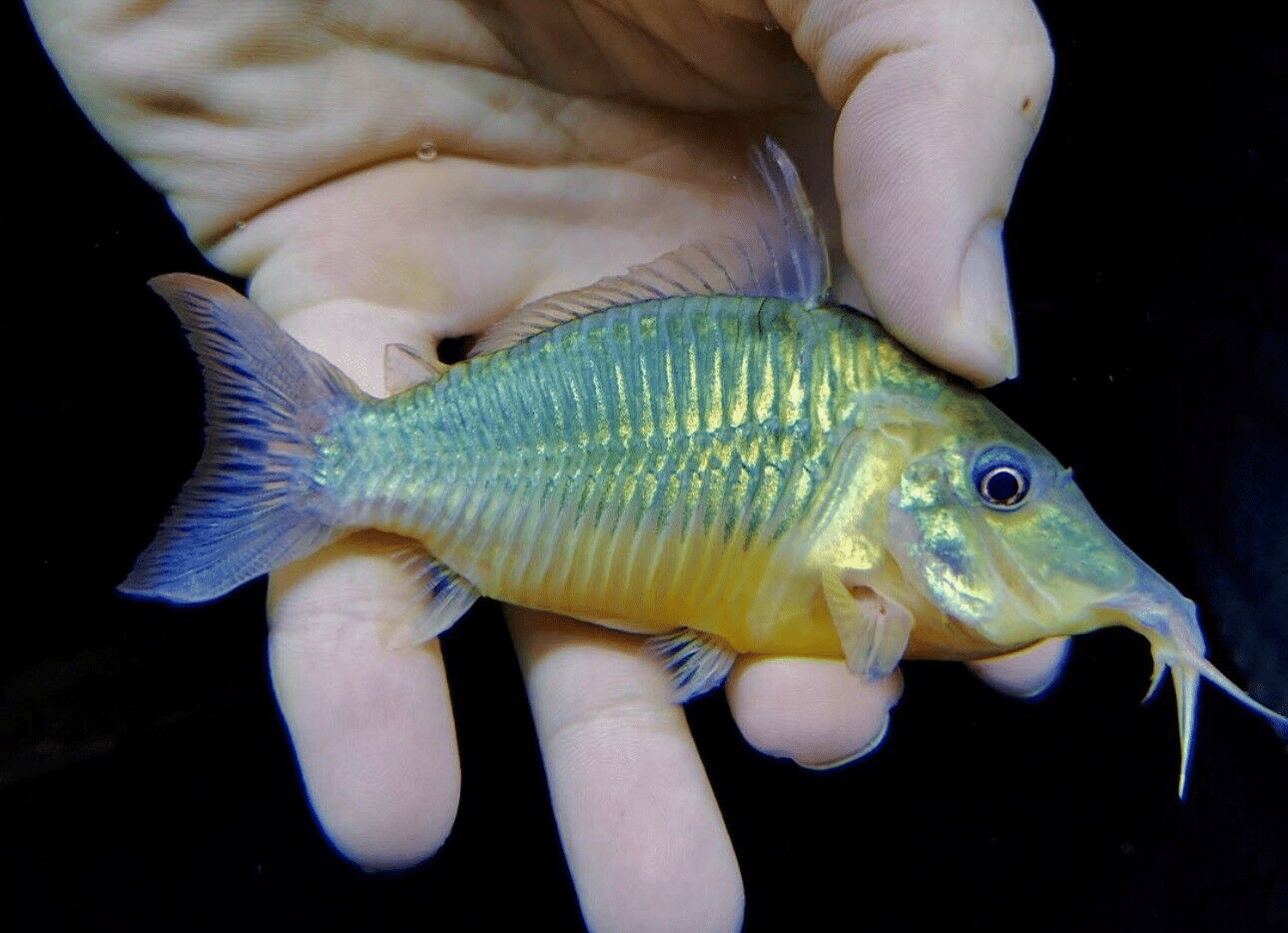
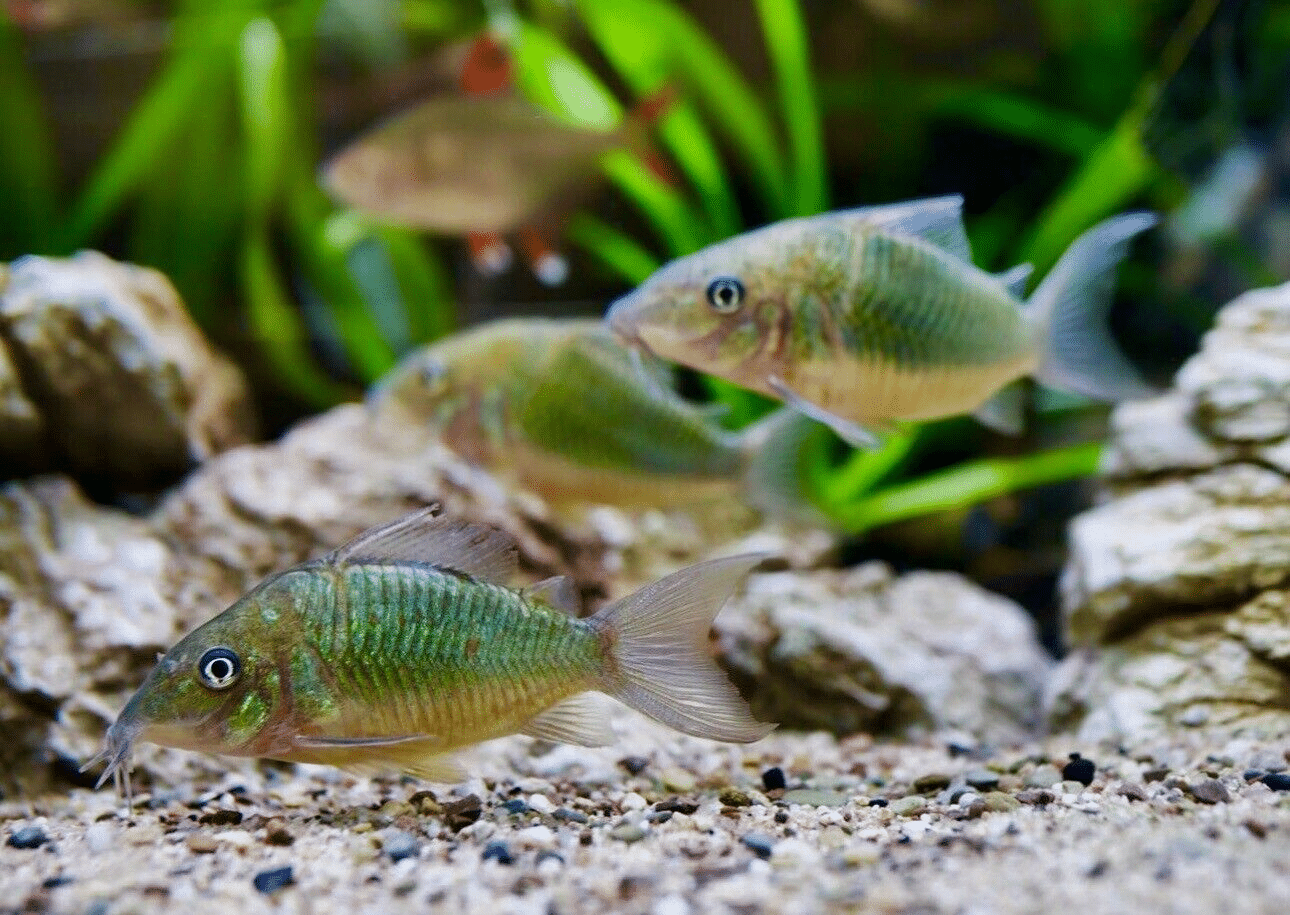
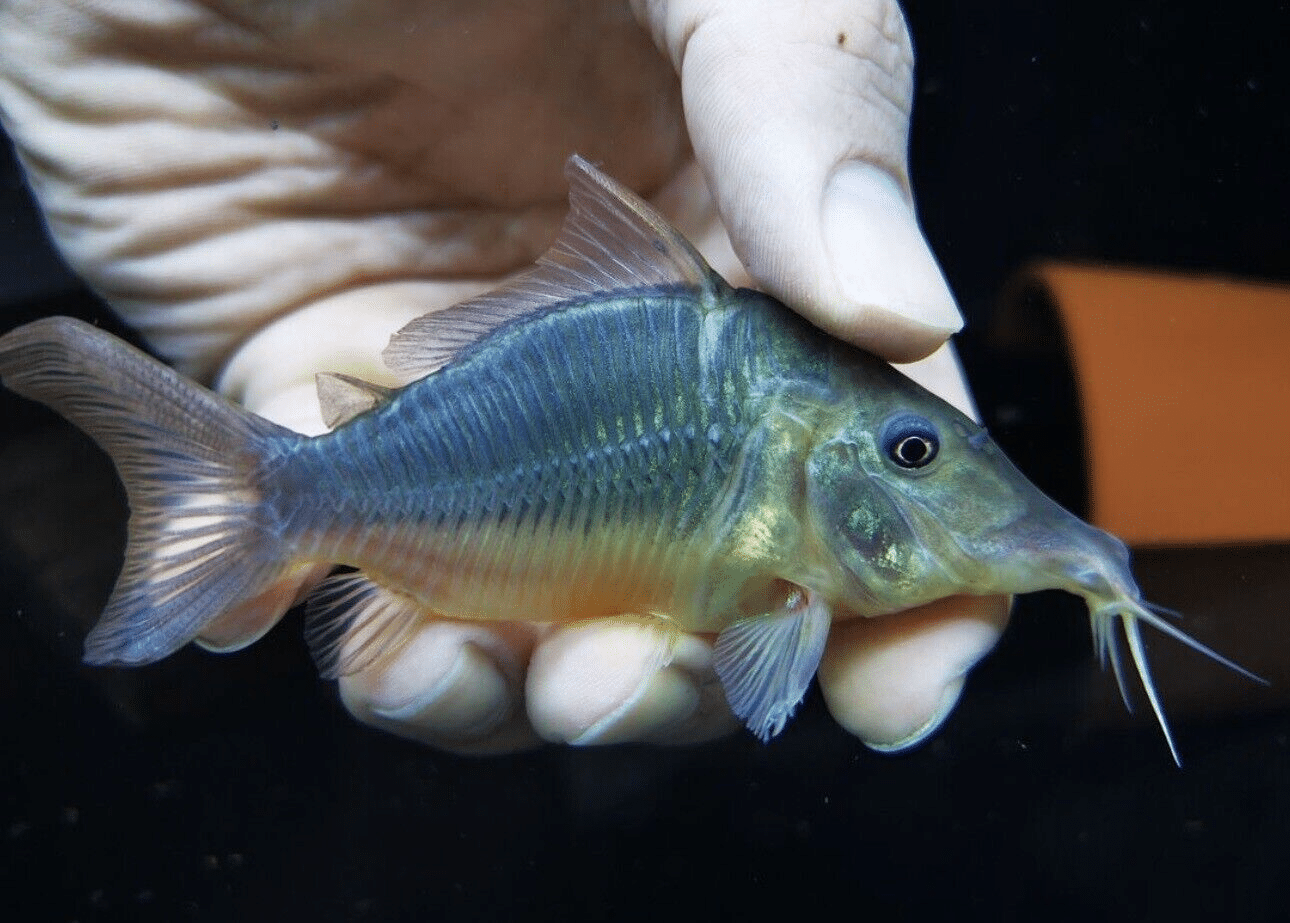
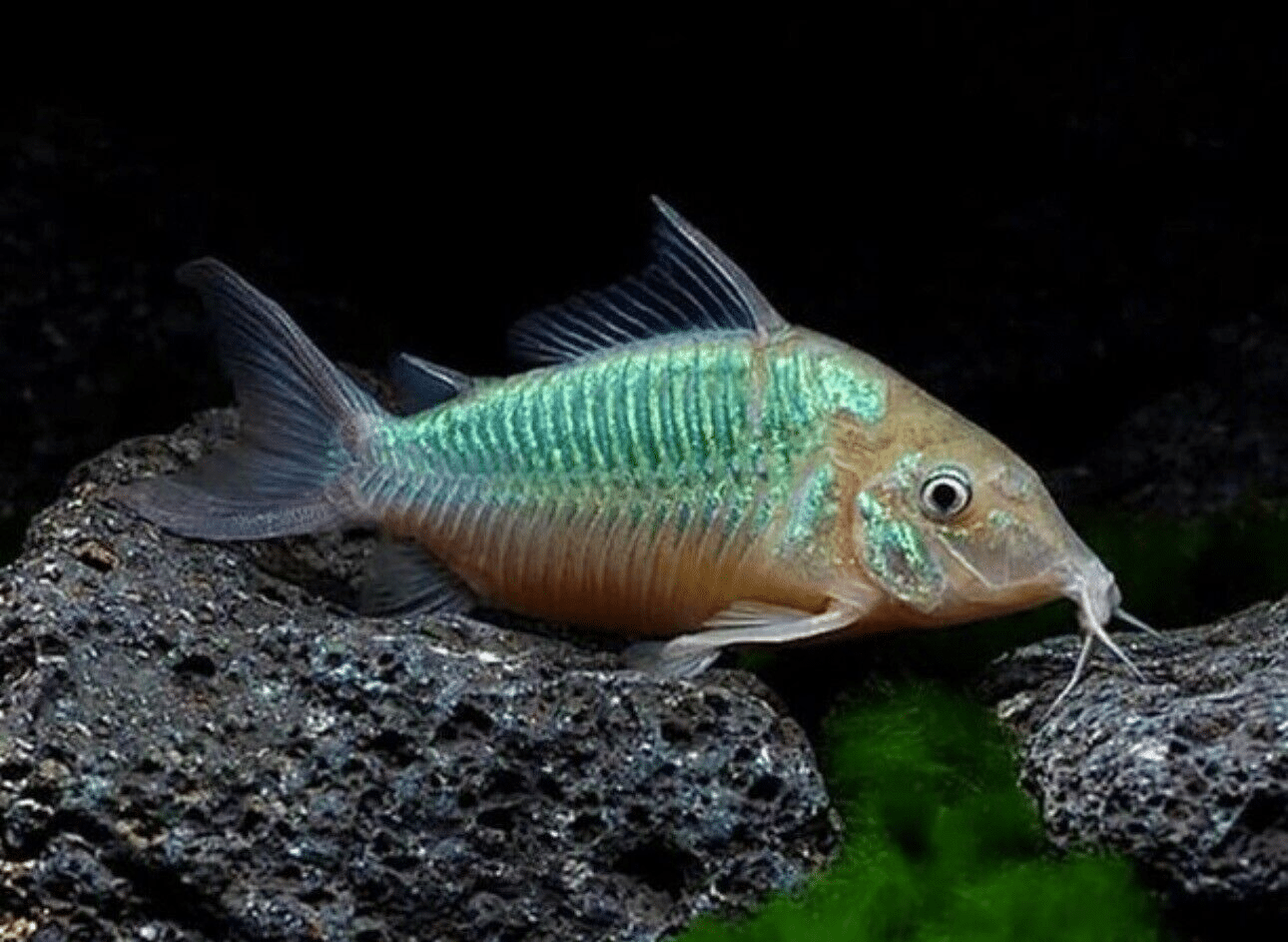
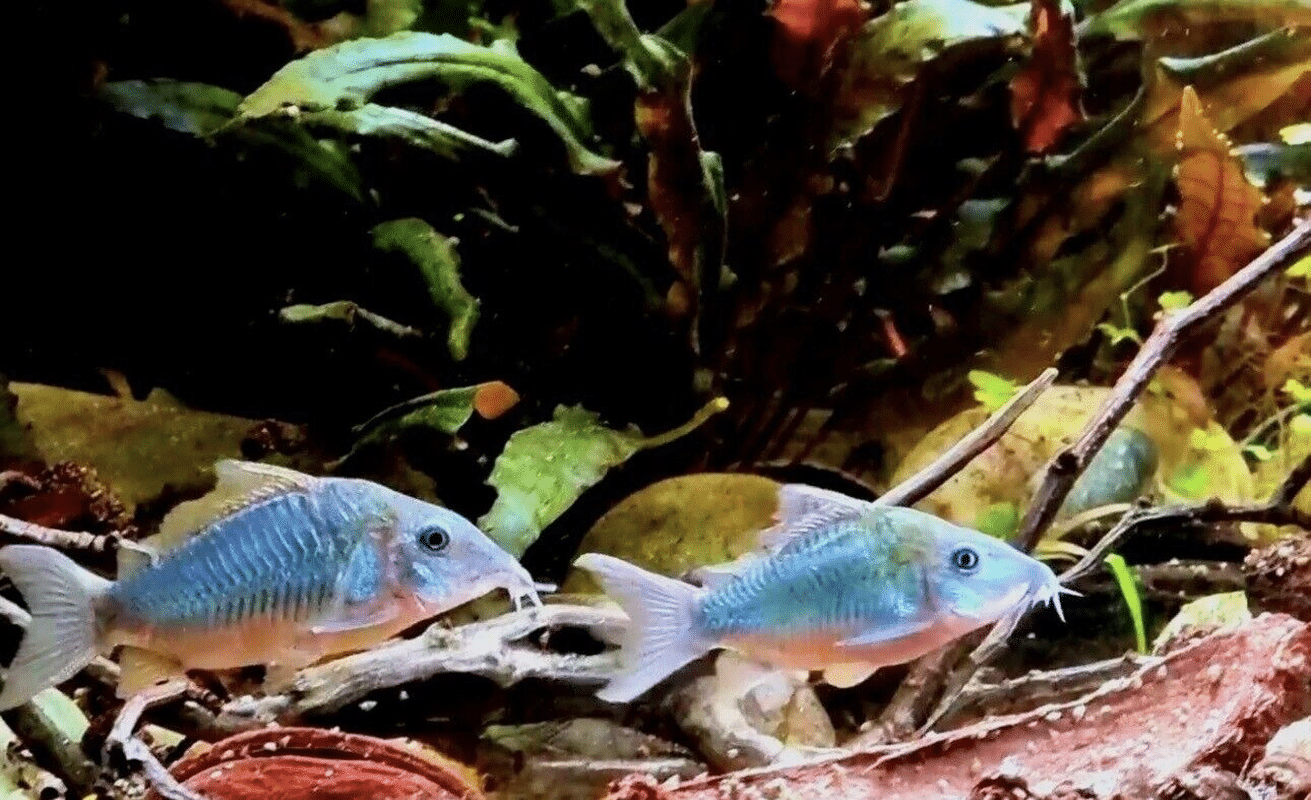
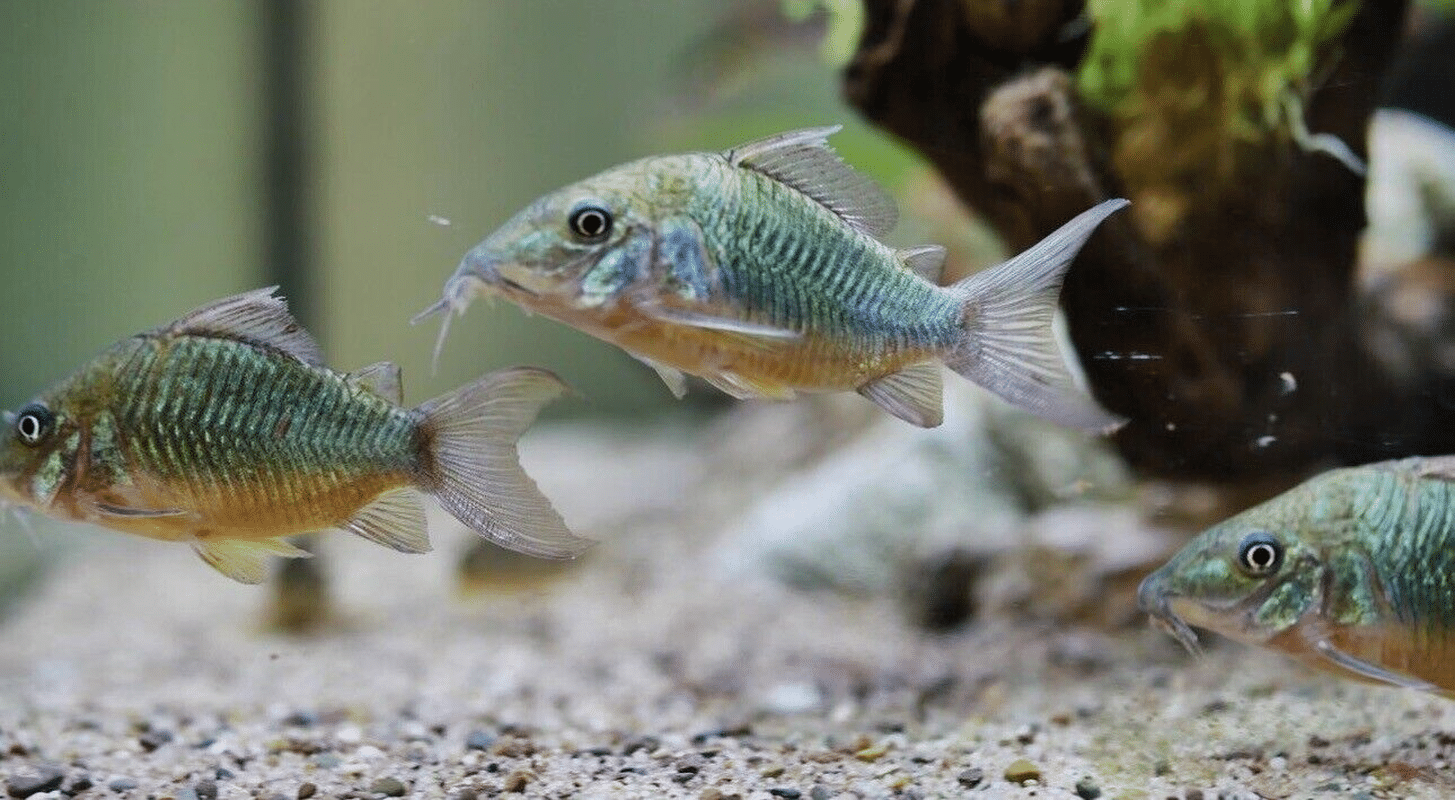
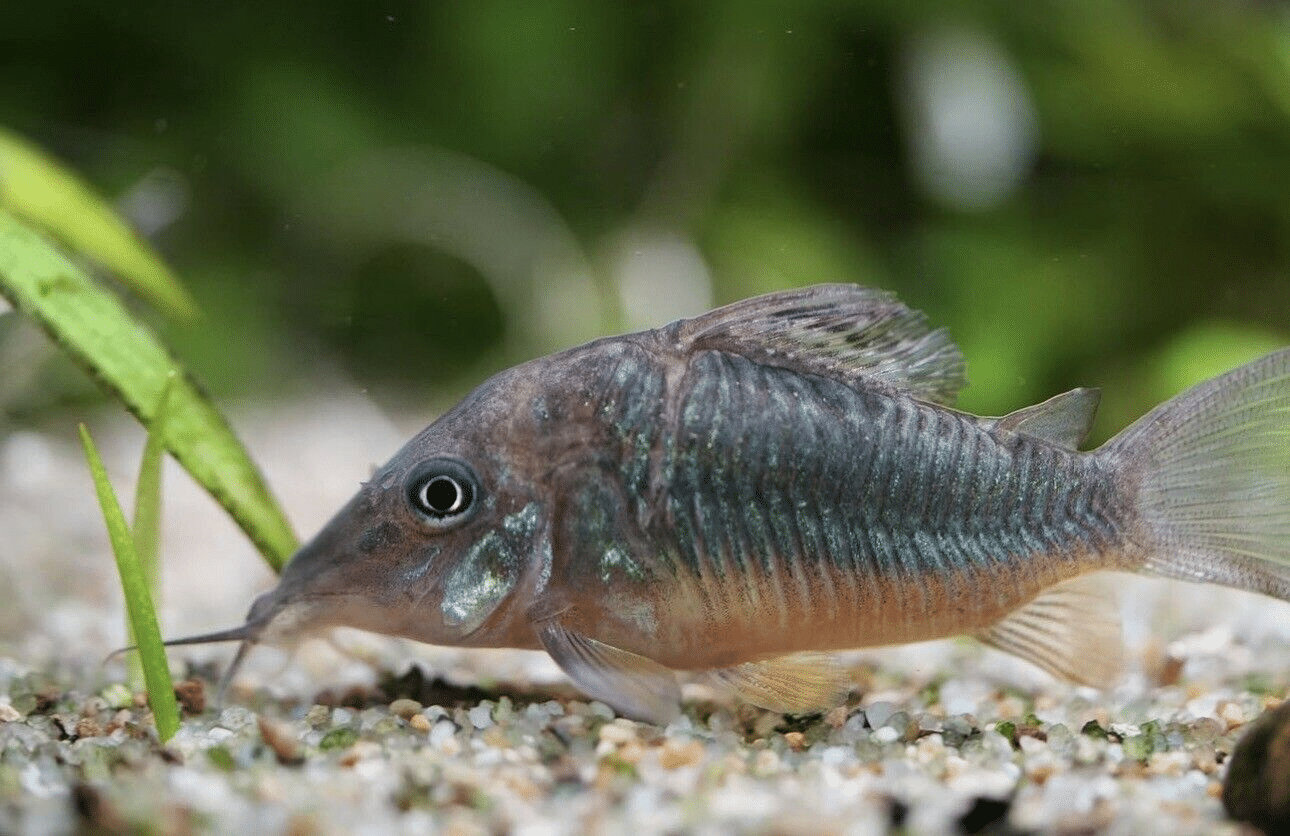
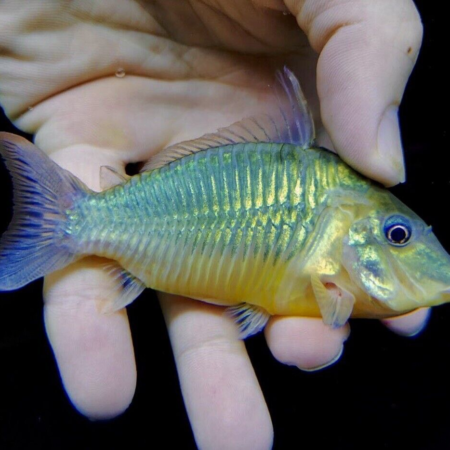
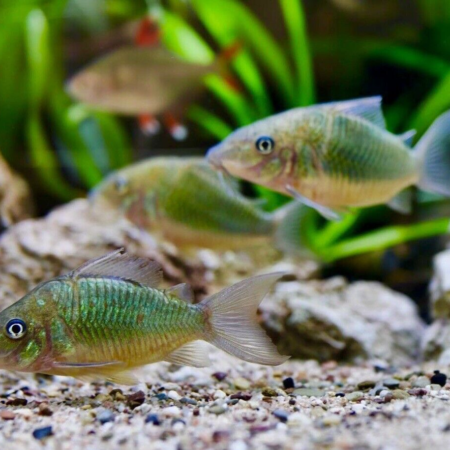

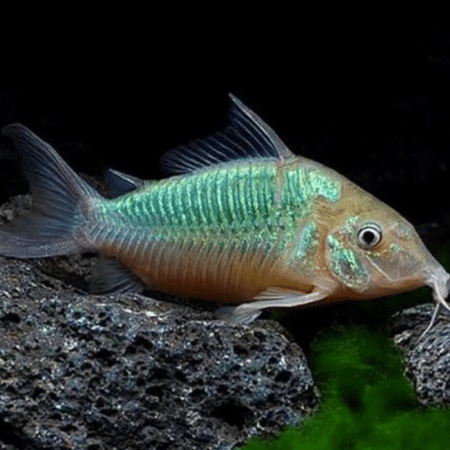

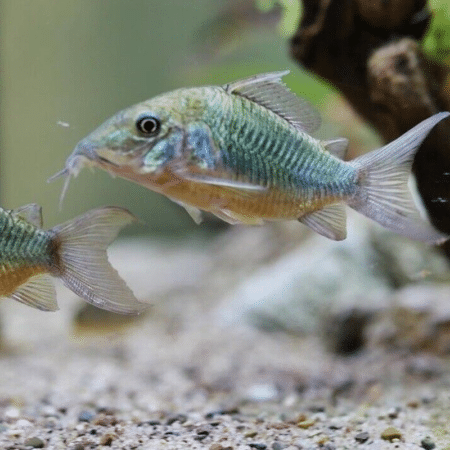
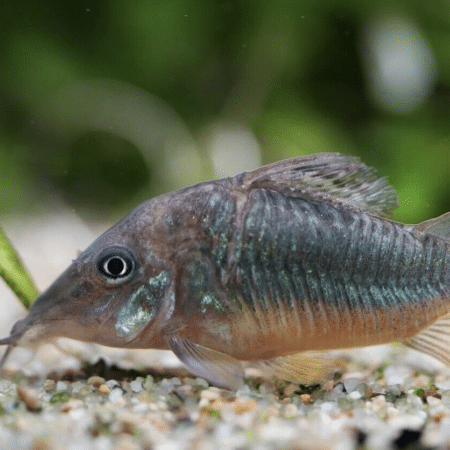









Emily Carter (verified owner) –
I recently added the Brochis Splendens Short-Bodied Catfish to my aquarium, and I couldn’t be happier! These little guys, about 3-4 cm each, have brought such personality and charm to my tank. I love how they glide gracefully along the substrate, sifting through the sand as they hunt for food and algae. Their natural behavior is captivating to watch, and they’re a fantastic addition to my tropical fish setup.
After about two weeks, I noticed a significant reduction in algae buildup, which is a huge plus for aquarium maintenance. Compared to other bottom feeders like the standard Corydoras, these short-bodied catfish are a lot more active, making them much more enjoyable to observe.
One thing to note is that they prefer a well-planted environment, so make sure to provide some cover with plants or decorations. Overall, I highly recommend these fish for beginner or experienced aquarists alike who are looking for vibrant, engaging algae eaters. It really feels good to add fish that not only thrive but also contribute positively to the tank’s ecosystem. I wouldn’t hesitate to buy them again!
Emily Carter (verified owner) –
I recently added the Brochis Splendens Short-Bodied Catfish to my aquarium, and I couldn’t be happier! These little guys are not only adorable but also incredible at keeping the tank clean. After about two months of having them, I’ve noticed a significant reduction in algae, which really helps with aquarium maintenance. I love how they actively scavenge the bottom, making my tank look pristine while thriving in their environment.
I was initially worried about how they’d adapt since I have a community tank, but they integrated smoothly with my other tropical fish. Their playful antics and peaceful nature make them a joy to watch. Compared to other varieties of corydoras I’ve kept, these short-bodied ones seem to have a more vibrant personality, making them perfect for both beginners and experienced fish keepers like myself.
A minor note would be that they prefer a softer substrate to really thrive, but that’s a small price to pay for these amazing algae eaters. Overall, I wholeheartedly recommend them to anyone looking to enhance their aquarium experience—your fish will thank you for it, and so will you!